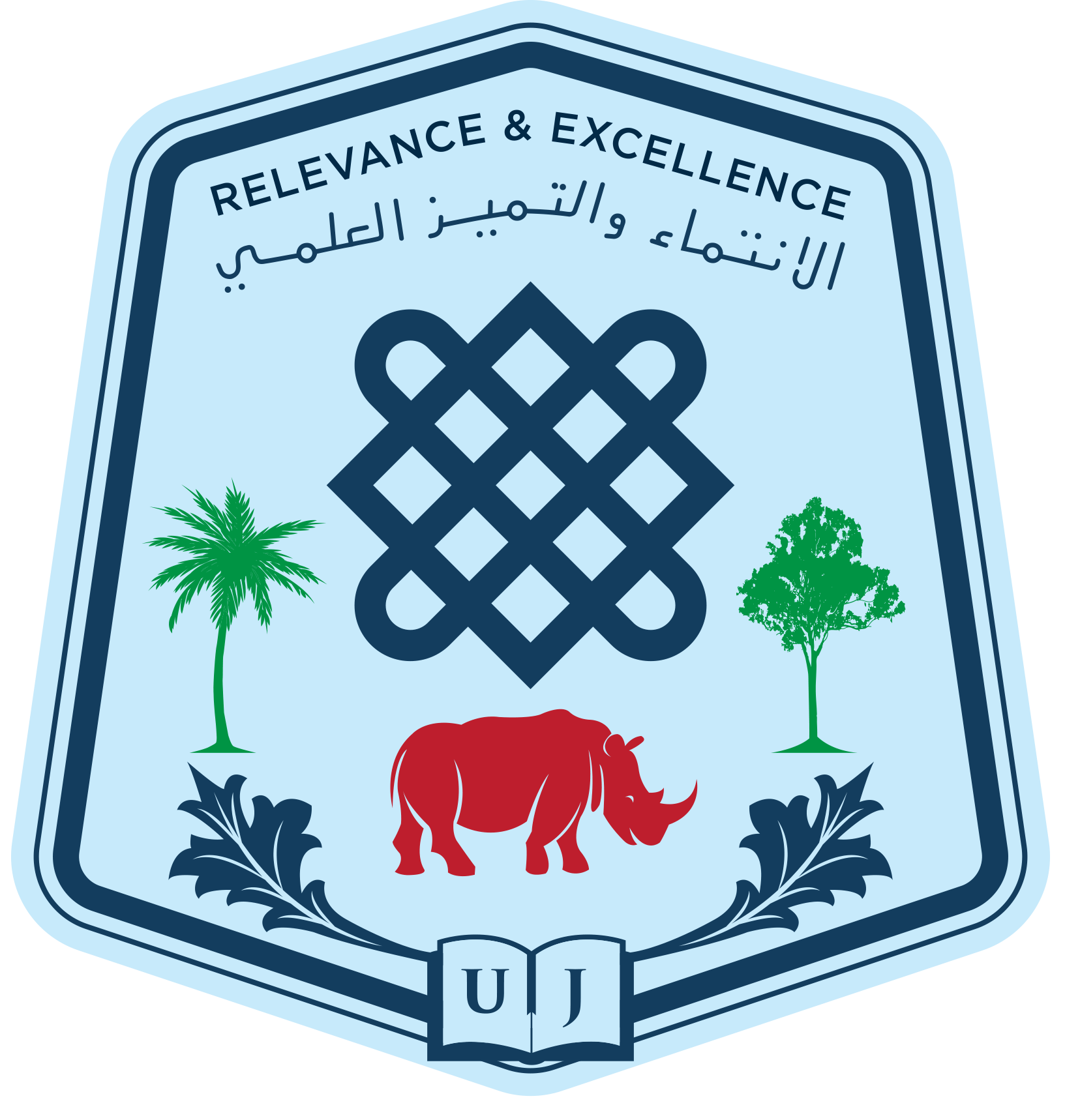Lukaw, Y.S., Abdelrahman, M.M., Mohammed, Y.O., Erneo B. Ochi, E.B. and Elrayah I.E.
Abstract
A 2-year tsetse field survey was conducted in Kajo-keji County South Sudan to determine factors influencing the seasonal abundance of Glossina fuscipes fuscipes. A total of 13,323 tsetse flies of both sexes were collected in the dry and wet seasons. Dry season catches were significantly higher than those of the wet season (DF = 10, t (2011) = 3.477, P (2011) = 0.006; DF = 10, t (2012) = 7.943, P (2012) = 0.0001). The number of male flies was significantly higher (DF = 15, t (2011) = 4.260, P (2011) = 0.0001; DF = 15, t (2012) = 5.492, P (2012 = 0.000) than the female ones during the study period. The mean apparent density of the flies/trap/day in the dry season was significantly higher (DF = 92, t (2011) = 2.147, P (2011) = 0.003; DF = 92, t (2012) = 3.764 and P (2012) = 0.0003. Average infection rate revealed 4.9% and 9.0 in the dry and wet seasons, respectively. An overall infection rate was 4.9% which varied significantly with the season (X2 = 602, p<0.000). Positive associations were observed for atmospheric temperature, rain fall and relative humidity with monthly fly apparent density at R = 0.72, 0.71 and 0.82, respectively in 2011. However, in 2012 rainfall and relative humidity showed significantly negative association with the monthly fly apparent density at R = -0.85, P = 0.000 and R = -0.55, P = 0.031, respectively, whereas atmospheric temperature showed no statistical significant association at p<0.05 with the monthly fly density (R = 0.311, P = 0.163). Atmospheric temperature, rainfall and relative humidity seem to be influencing the seasonal abundance of G. f. fuscipes in the study area. These ecological factors could be used in developing tsetse control strategies.
Keywords: Ecological factors, Glossina fuscipes fuscipes, infection rate, seasonal abundance, South Sudan, tsetse
fly apparent density
Download the PDF Factors Influencing Seasonal Abundance of Glossina fuscipes fuscipes (Glossina: Glossinidae) in Kajo-Keji County, South Sudan
